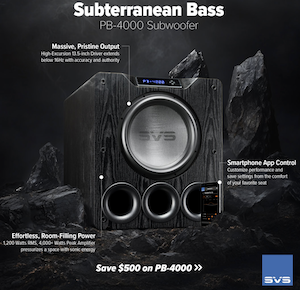I did add 8db gain.
When you say the phased crossed near the XO frequency is that what we are looking for in the bottom graph?
Also, how do I get my phase graph to look like yours, below mine looks very confusing while yours has only got a few lines matching up?
We could just type in different numbers into the box, but that isn't efficient. To manually do this more easily we can click on the location spot (little button) within the MW timing slider. There will be no indication of any change after this is done unless you miss the button a little and the timing changes. If that happens it doesn't matter the following feature still becomes activated. We can now change the timing in 0.01ms steps using the left and right arrow keys on the keyboard.
I did this, getting the hang of it. I think I still need to learn exactly what is going on in the bottom graph but at least now I get an idea, plus the automatic correction gives you a fair idea.
By the way both my tweeter and MW in my passive left/right are inverted polarity. So, I can invert the MW polarity and use .13 delay. I tried that and did notice a much better phase tracking but with worse of SPL. So then what we would do if this option is chosen is to biquad the SPL right?
Of course, I am also guessing that both options of delays need cross checking with a measurement to ensure the frequency repsonse is what REW is showing after delay and possibly inversion is set.
The XO will stay the same and I am fully aware that it will effect the timing.
No, unfortunately I can't use Audiolense for my DSP as this centre speaker is connected to a Home Theatre amp plus there is a delay when watching TV with Audiolense. I have to add the biquads through the Hypex filter and that is my next step, I am still not sure if its worth the effort to learn VituixCad it probably is but all in good time.
I think I mentioned that Audyssey can give me a half decent frequency correction till I learn how to perfrom biquads. I know how to use Biquads just want to get an idea a simple way to choose what Frequency area needs a correction. Hence why I thought maybe a 1/48 smoothing as per your alignment tool might be a good starting point?
My last question is going to be when I measure the woofer with the MW its not going to be exactly the same place is that going to be okay? Maybe I should have measured all 3 at the same time but its to late now so as long as the woofer and MW is measured from same place would that work?
Thanks again. Apologize for so many questions but I think my questions will calm down after this.












